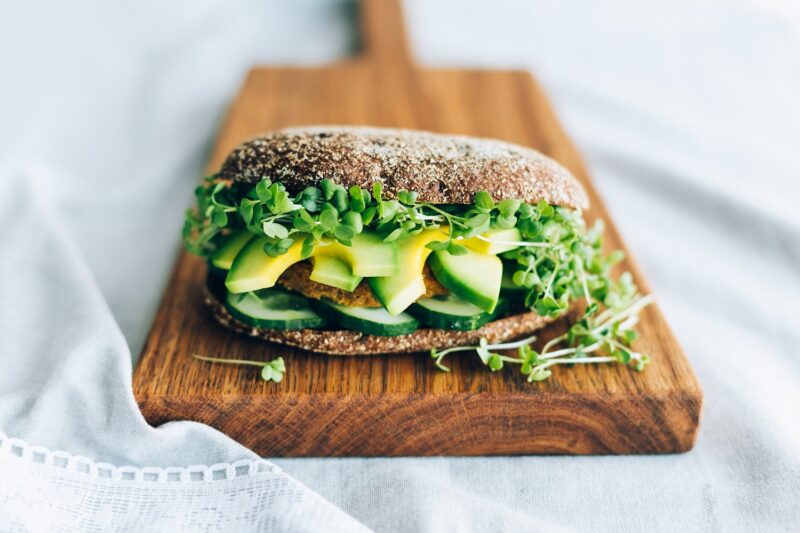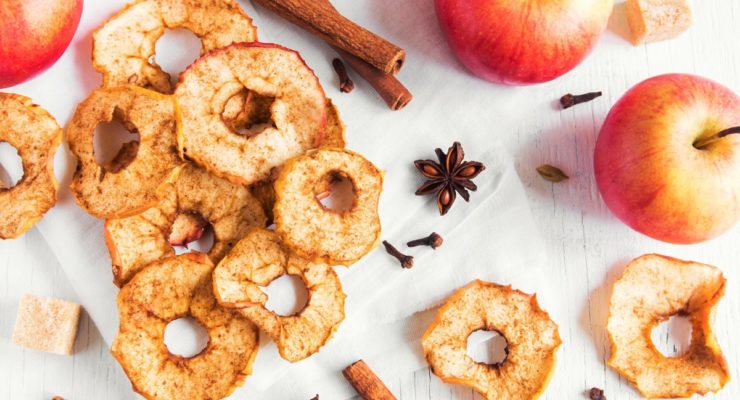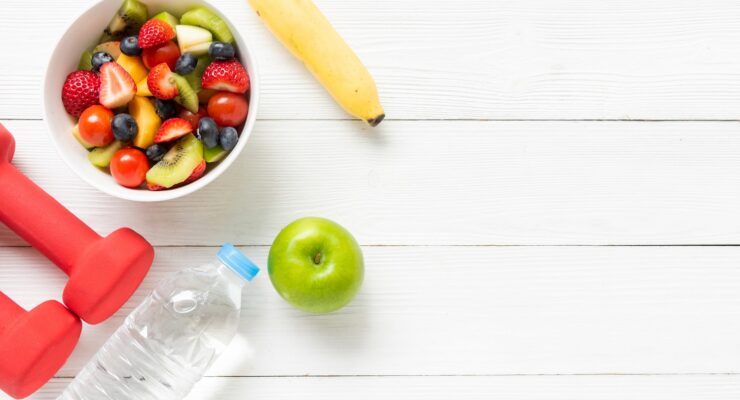5 Simple Habits For a Flatter Belly
Article posted in: Lifestyle
Bloated bellies are killing our confidence: More than 60 percent of women say that their belly is the body part they’re most self-conscious about.
And while the answer to that problem may be to focus more on feeling positive about our bodies, our bellies may actually be killing us: Rock-hard visceral fat—the kind you’d associate with a beer belly—has long been linked to increased risks of heart disease, cancer and death. Norwegian scientists published a study concluding that every 10 centimeters of excess waist size increases your risk of heart failure by 29 percent.
So while fixating on getting a flatter belly may be messing with your head, focusing on your middle actually makes sense if you’re trying to get healthy. Beat back bloat and make your belly look flatter with these five scientifically-backed strategies:
1. Eat Plenty of Fiber

There’s a clear correlation between fiber intake and belly fat: For every 10 grams of the filling nutrient you eat, you’ll have as much as 4 percent less fat around your middle. And you’ll lose weight all over from eating it, as fiber makes you feel full fast, then controls the speed of your digestion so you stay full. It also has been shown to lower our risk of certain cancers, help with cholesterol, and lower your overall risk of death.
But before you start shoveling down roughage, be warned: Fiber can also cause bloating and gassiness, which can make your belly look less flat—and, more importantly, make you feel pretty awful. To help fend off this effect, increase your fiber intake gradually over a matter of days and weeks, and drink plenty of water. Fluids can help soluble fiber, like those found in oatmeal, move through your digestive system to reduce the bloating effects.
Smoothies and shakes make it easy to get in more fiber. Check out these tasty smoothie recipes you can make with your Nutrisystem Shake Mix!
2. Try the Vacuum Exercise

Your stomach has more layers of muscle than you probably realize—and crunches only work the outermost layer, known as the rectus abdominus. But the transverse abdominus, which is deeper within your abdominal area, is a key to a truly flat belly—this muscle is responsible for compressing your stomach area, moving your organs closer to your spine and creating stability in your spine and pelvis (which can reduce pain). And there’s a bonus benefit: A strong, firing transverse abdominus makes your waist smaller.
To improve its strength, try doing the vacuum exercise a few times each week—while your shower warms up or you’re brushing your teeth. To do this exercise, stand straight with your shoulders back and your hands on your hips (or with one hand below your belly button and one on the small of your back). Take a deep breath in, and then exhale all of the air out of your lungs as you lift and expand your chest while drawing your belly button towards your spine. Don’t hold your breath: Keep your stomach sucked in as you take in your next breath, and try to bring your navel closer to your spine with each exhale. Continue this contraction for 20 to 30 seconds, take a short rest, and repeat 2 more times. Perform this exercise a few times each week, and as you improve on it, try to increase the overall time of each hold.
3. Eat Healthy Fats with Every Meal

Fat is your friend: In a study from Johns Hopkins, dieters who ate a high-fat, reduced-calorie diet lost 10 pounds in 25 fewer days than dieters on a high-carb diet. And when they’re the right fats, they can do even more: Another study found that people eating a diet rich in monounsaturated fat lost weight and body fat without reducing their calorie intake.
These monounsaturated fats help control spikes in blood sugar, which can keep your body from storing fat around your middle. Include them with every meal—try swapping mayo in favor of a slice of avocado on your next sandwich, eating a small handful of nuts instead of crackers for a snack, or using olive oil and balsamic vinegar to dress your salad instead of thick, creamy dressings.
4. Get 7 (or More!) Hours of Sleep

A good night’s sleep might be the most important (and most overlooked) weapon in any weight loss arsenal. When you don’t have enough sleep, studies have found that you’re more likely to snack on high-carb stuff late at night, and also more likely to eat bigger portions in general. Lost sleep has also been shown to increase insulin resistance, meaning that more of the excess calories consumed are stored as fat.
So why seven hours? Well, a study from the University of Chicago found that those sleeping seven or more were less hungry than those who slept less, and lost twice as much fat. So while even more may be better—some studies suggest nine hours as optimal—getting to seven is a great start.
5. Get Some Good Bacteria

Probiotics, the “good” bacteria for your gut that’s in yogurt, fermented foods, and supplements, can help alleviate irritable bowel syndrome, lower blood pressure when eaten for eight weeks or more, reduce diarrhea symptoms, and more. They can also aid in digestion, which can reduce bloating.
But not necessarily right away: Many people who start taking probiotics actually experience more bloating when they first start eating or taking probiotics, not less. As with fiber, increase your consumption of these bacteria slowly to alleviate this effect, and experiment with different probiotic products—some probiotics with multiple strains of bacteria can cause different belly effects for different dieters, so try different ones to find a product that makes your stomach feel best.














